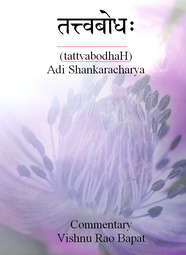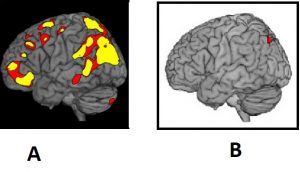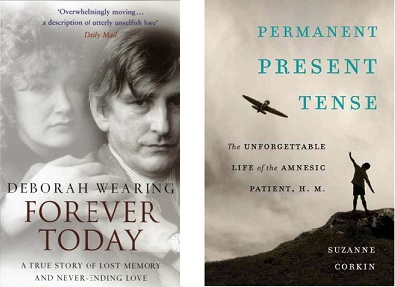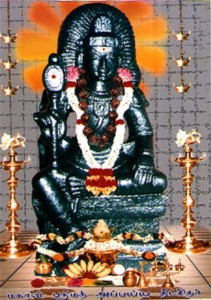Q. How can we inquire into our true self, if the one inquiring (mind) is not actually the self?
A: You are not the mind – it is an instrument if you like. You are the Consciousness that ‘reflects’ in the mind.
Q: By saying that the mind is an instrument, are you suggesting that the mind can refer to our true self (pure consciousness) during contemplation?
A: I am not clear what you are asking here. By ‘mind is an instrument’, I mean that who-you-really-are is not the mind; you are using the mind to interact with the world. (Indeed the ‘mind enlivened by Consciousness’ effectively ‘creates’ the world by separating out forms and giving them names.) The mind is itself inert and cannot do anything without Consciousness (your ‘true self’).
Q: If thought has some form of awareness, as demonstrated by introspection, and its ability to refer to contents of the mind, would it be out of the realm of possibility to assume that it is the one responsible for direct experience of mental objects? How can we be certain that awareness is an independent entity when it is something that seems to also be possessed by thought in some instances?
Continue reading




